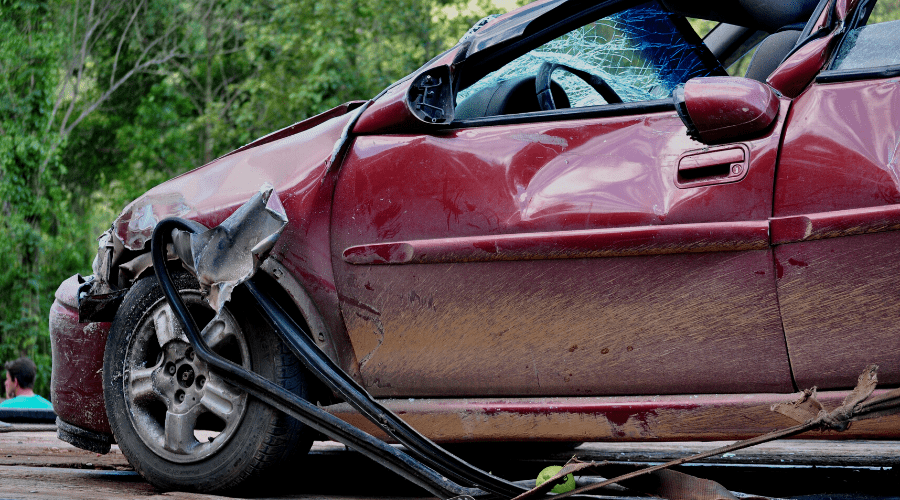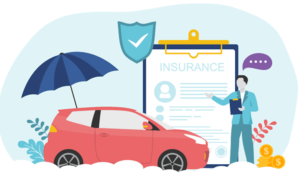Car insurance is crucial protection for drivers. In the event of an accident, it can help you cover expenses, including medical costs, which can be substantial. If you’ve recently been in an accident, you may have received a car accident settlement agreement from an insurance company. And those agreements tend to lead to a few questions!
You might wonder how often auto accident settlements exceed the policy limits or whether you can negotiate a better settlement. You might also be curious about your coverage and whether you can make further claims to cover additional expenses.
Below, we explain the many insurance types and how each helps in the event of a car accident. Then, we walk through the car accident settlement process. So, if you’ve received a car accident settlement agreement, you’ll have a better idea of your next steps.
Types of Insurance
Car insurance comes in many forms, and you might have more coverage than you realize.
Though many drivers only carry the minimum coverage required by their state, you may find that you have coverage in unexpected places. For example, you might have coverage from the at-fault driver. Or, if the at-fault driver was uninsured, your insurance may kick in.
Below we give a brief overview of some of the many insurance types. Know, though, that insurance works a little differently in each state. So, if you’re dealing with a car accident settlement, it’s best to speak with an attorney who understands your local insurance regulations.
No-Fault or Personal Injury Protection
No-fault or personal injury protection (PIP) kicks in before your regular health insurance to cover the basic losses of the driver and anyone else in the car, regardless of who caused the accident. It also covers struck pedestrians.
PIP coverage starts at $50,000 minimum coverage per person. It can go towards medical expenses, lost wages, and direct expenses related to the crash. However, it does not cover property, including the vehicles involved. And it cannot go toward non-tangible items like pain or suffering.
Liability Insurance
Liability insurance pays compensation for personal injuries, death, and property damage from the at-fault motorist to the victim. It does not compensate the at-fault motorist. The minimum liability coverage varies by state but usually begins at $15,000 per victim and $40,000 per accident.
Uninsured Motorist Insurance
If you’re in an accident where an uninsured motorist is at fault, this insurance option will help cover your expenses. A few states require you to have it, but typically it’s an add-on to your regular insurance package.
Collision Coverage
Collision coverage covers repairing or replacing your vehicle in the event of an accident, regardless of whether you were at fault. This coverage will kick in if you hit another car or stationary object.
Comprehensive Coverage
Comprehensive coverage covers your car when no one is driving. So, you’re set if your car gets hit while parked in a parking lot or a tree branch falls on it.
Navigating Car Accident Settlements
After an accident where you’re not at fault, one of the first things you should do is contact an attorney. A car accident attorney will help you navigate the rest of the process and ensure you receive the maximum compensation.
While insurance coverage is helpful, insurance companies will try to pay the minimum amount after a car accident.
The minimum amount can leave you without enough to cover all your medical expenses, lost wages, property damages, and lost earning potential. It’s also unlikely to cover intangibles like pain and suffering. An attorney can help negotiate a settlement that covers all of those things.
Final Thoughts
Insurance is crucial in the event of a car accident, and a car accident settlement from an insurance company can go a long way towards helping you cover expenses.
Working with an attorney is the best way to maximize a car accident settlement from an insurance company. They’ll be able to examine the forms of coverage you and the other driver have, then help you decide the best path toward compensation.



































